|
One last quick photo-centric post on oysters in Paris. This fab fish market was in the center of the Alésia neighborhood—located in the heart of the 14th arrondissement—about halfway between my cute little Hotel Max and the Auberge du Moulin Vert (see earlier post). Oyster! Oysters! Oysters! Boxes of lovely Fine de Claire and Gillardeau and Speciale Normande and more. How I wish this were my neighborhood fish store. Note to self: Next trip to Paris buy an oyster knife to shuck my own!
2 Comments
While in Paris I contacted a local oyster shucker pal—2009 international shucking champion Xavier Caille—to ask his advice on where to find the quintessential Parisian oyster-eating experience. He recommended Brasserie La Mascotte, a fabulous looking spot with curved zinc bar in Montmartre. Alas, my schedule didn’t permit time to catch the Metro to that part of town so it remains at the top of my “to-do” list for my next visit. Wah. But there’s no need to mourn these crocodile tears, as I found a truly wonderful spot to savor a variety of French oysters in the Alésia neighborhood—located in the heart of the 14th arrondissement—a mere ten minute jaunt from my hotel. If you love Paris, and oysters, you must go to Auberge du Moulin Vert. Lime green awnings and jaunty neon signage decorate the curved two-story building that hugs a corner in this residential district. An open-air display of a variety of oysters and other seafood drew me in like a moth to the proverbial flame. (See photo above and top of page.) Eying the wood crates and baskets piled high with bivalves—I spotted what I hoped to find: Belons! What more did I need to enter? Inside, ferns and herbs grew on the wall above a stylish yellow banquette as strings of white lights loop overhead. I requested a selection of oysters and was brought this platter of five types plus a smattering of sea snails (bulots), giant shrimp and a dramatic dry ice fog wafting from a metal cup. I asked the waiter to write down what he served—so I would get it correct. Here’s a combo of his notes (blue) and mine (black). Here’s my understanding of what I ate: The long oysters are Ile de Re, from a neighboring part of France; the small ones are Rose de Bonbon; the large round flats are Belons; a similar looking, more greenish ones are from Normandy (most likely Gillardeau); and the others are from the Aquitaine region. Got it? Needless to say: All were swoon worthy. In my fever to taste them all, I admit I fell down on my note taking duties and simply savored them slurp by delicious slurp.
As a lover off all varieties of oysters, I was thrilled to explore what tasty bivalves could be sampled in the City of Lights. Strolling down the Rue de la Bastille, a window display caught my eye. Magnificent heaps of silvery and green-layered shells, long and irregular tidal-shaped wonders—like piles of quartz and granite stones—nestled in their simple wood crates, called to me. Oo-la-la! The oyster bar I stumbled upon, Brasserie Bofinger, is a traditional brasserie with white tablecloths and Belle Epoch décor including tufted bench seats and beveled mirrors. In operation since 1864, they were advertising specials celebrating their 150th year of operation. Were they open? Mais non. It seems I arrived between lunch and dinner, but that didn’t stop me from sticking my head in the street-side storage and prep area and attempting to speak with someone about their oysters. As best as I could tell—my high school French classes didn’t cover oysters—they were offering three types of gigas in several sizes (2,3,4). The Speciales Gillardeau were described as “meatier and less salty" with a taste of hazelnut; and the Fines de Claires are supposedly sweet and salty. I say supposedly because—although friendly—they didn’t crack one open for me to try. I snapped photos of the boxes to see more details about the origins. The menu also lists Speciales Grand Crus de Normandie. Research tells me that “claire refined oysters” spend varying amounts of time in "claires"—special refinement basins—where the shallow brackish water is rich in phytoplankton and microscopic algae. This brackish water adds a sweetish, aromatic, and rich flavor to the meat. To read more on these oysters, check out this informative site: L'Affinage en Claires: The Quest for the Perfect Oyster! by John McCabe. One last thing about Brasserie Bofinger: I loved seeing the dented metal serving plates piled upside down on stainless steel shelves, like squashed pork pie hats waiting to be filled with ice and oysters.
Lucky for me, I found a place near my hotel that evening to enjoy a large selection of oysters from France. More in my next post! |
Necee Regis
I grew up spending part of every summer in Wellfleet, Massachusetts, which included eating many oysters. After stumbling into an oyster shucking competition in Miami Beach in 2006, I’ve become a fan of the sport and have written about local, national, and international competitions for the Boston Globe, Los Angeles Times, American Way Magazine, and the Huffington Post. I've also written oyster-centric stories for Rustik and Modern Farmer. I’ve never met an oyster I didn’t want to eat. Archives
October 2020
Categories
All
|




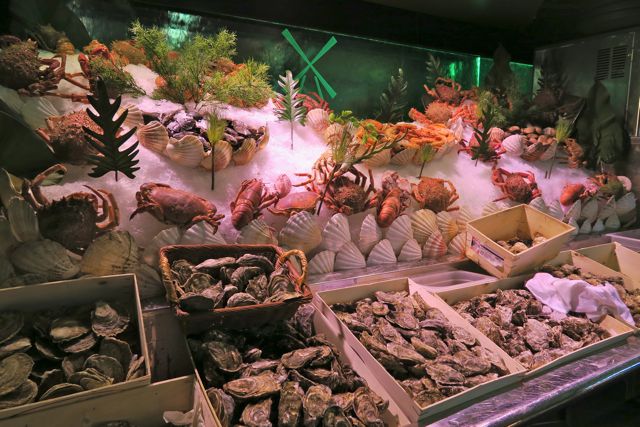

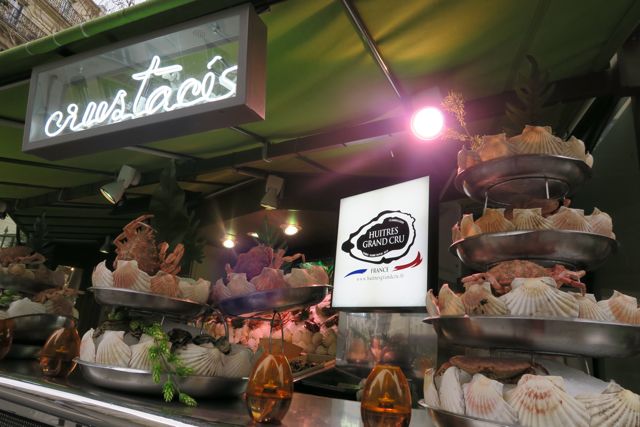
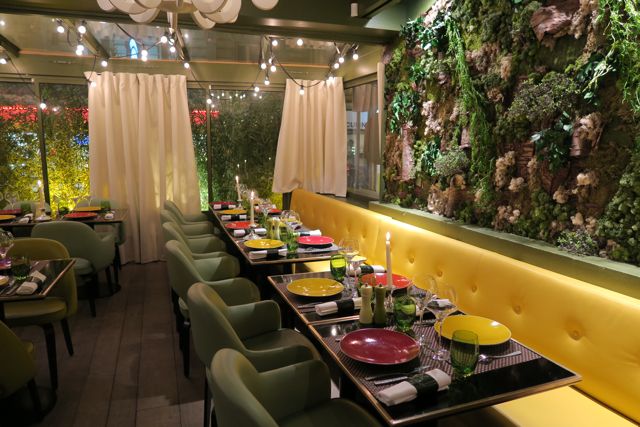






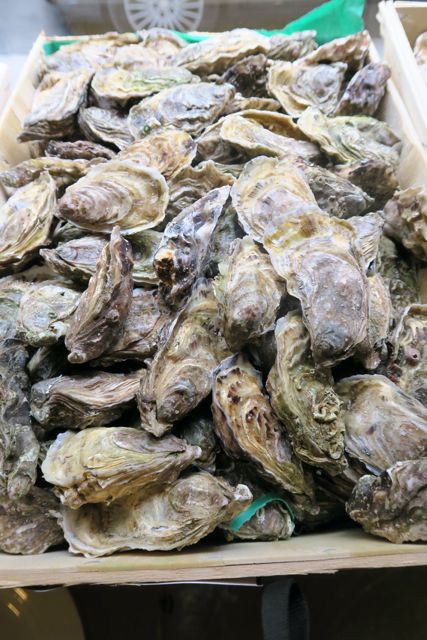





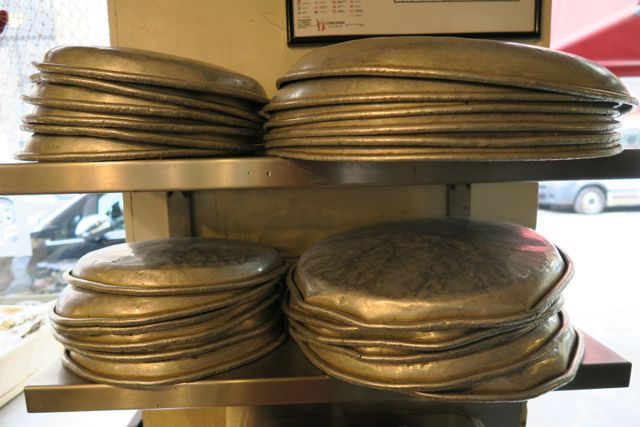

 RSS Feed
RSS Feed